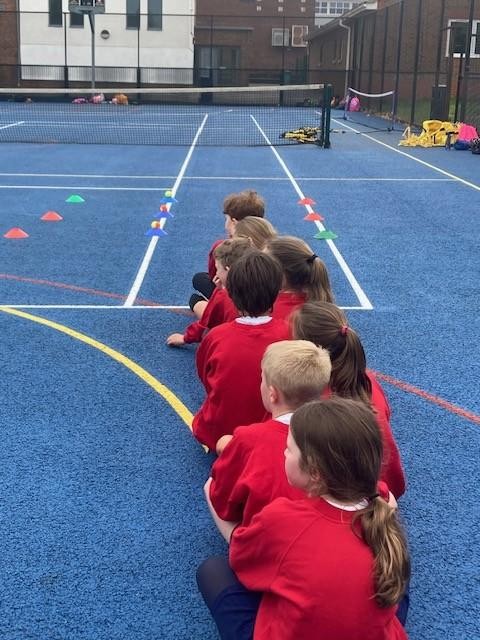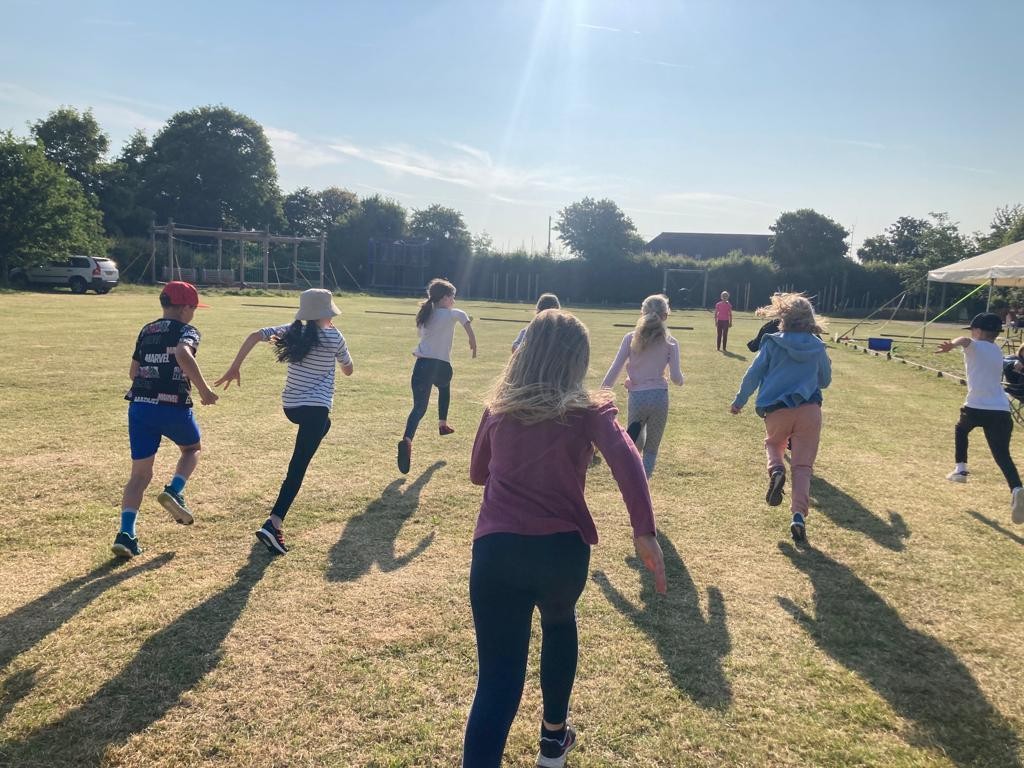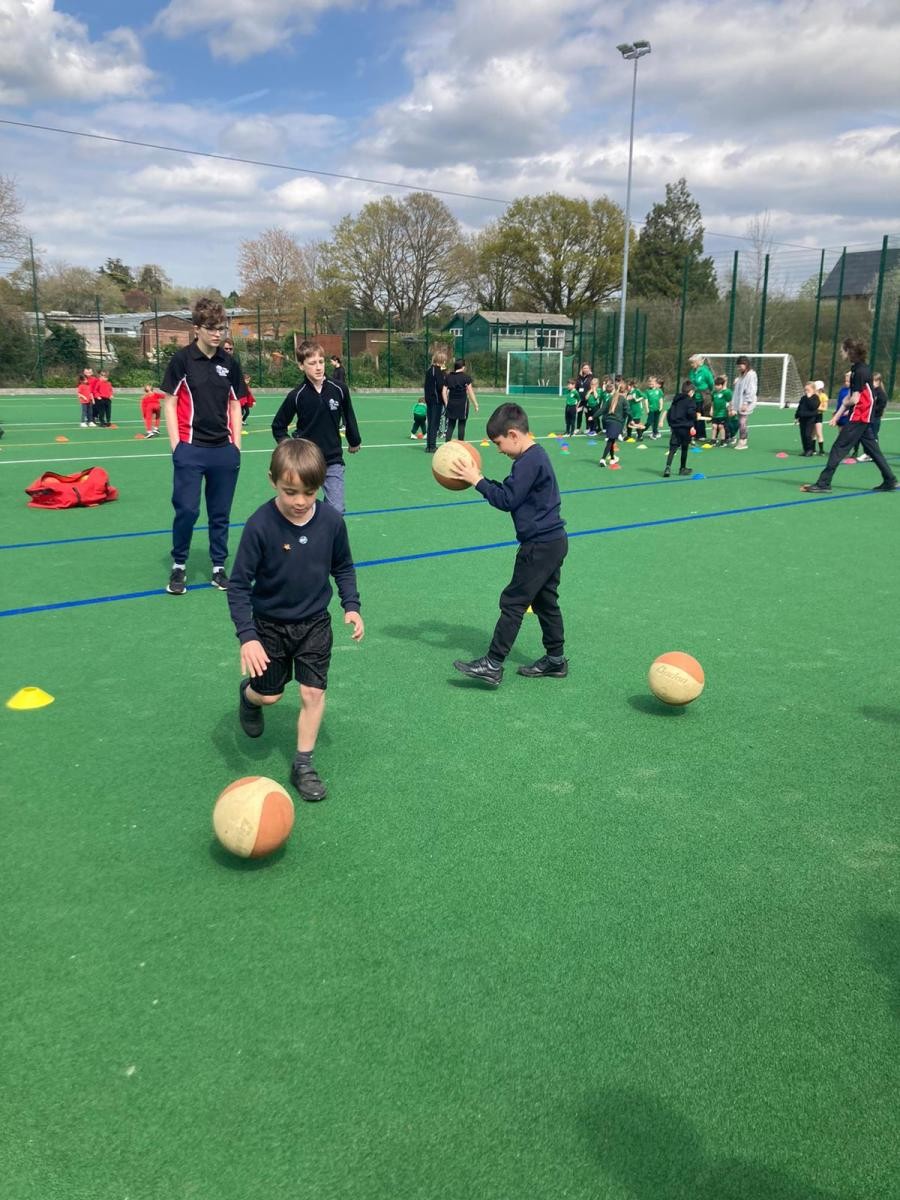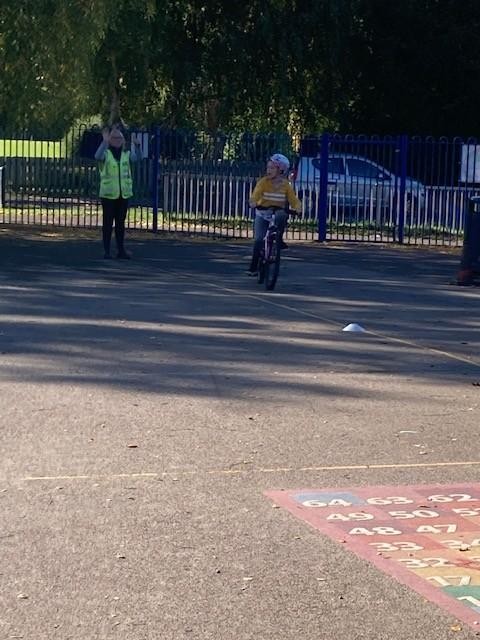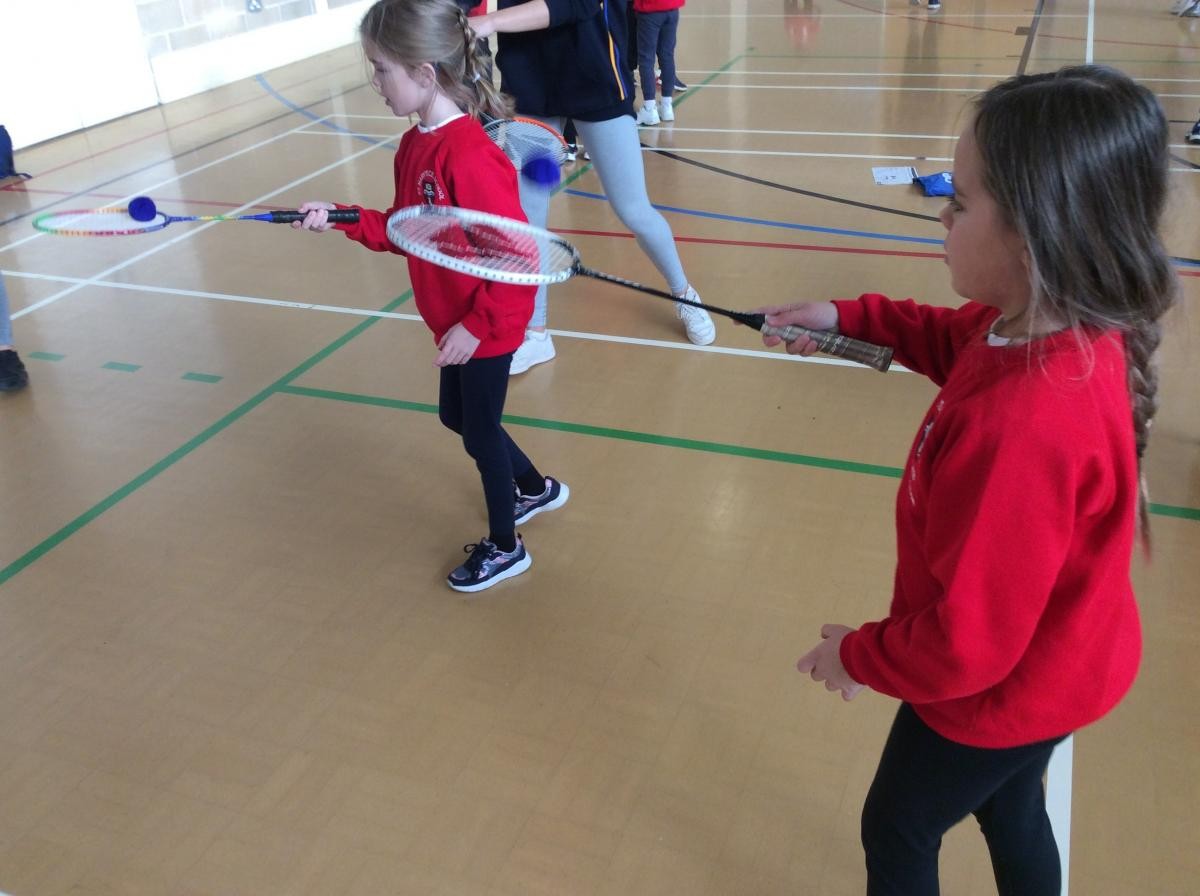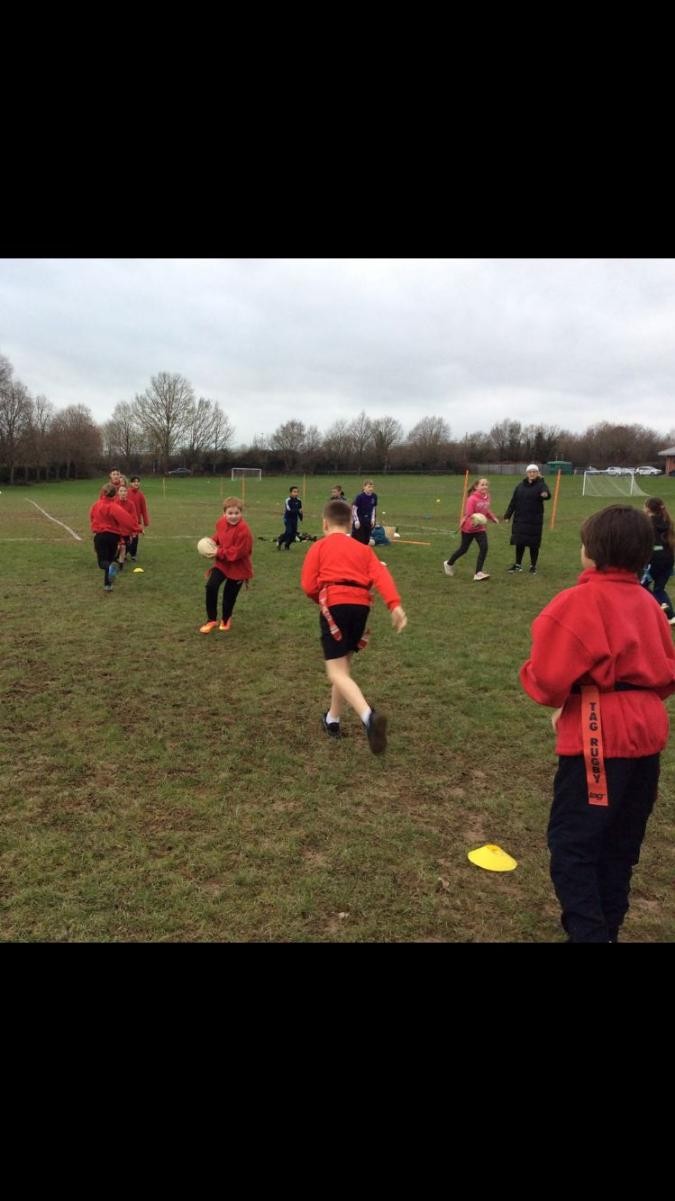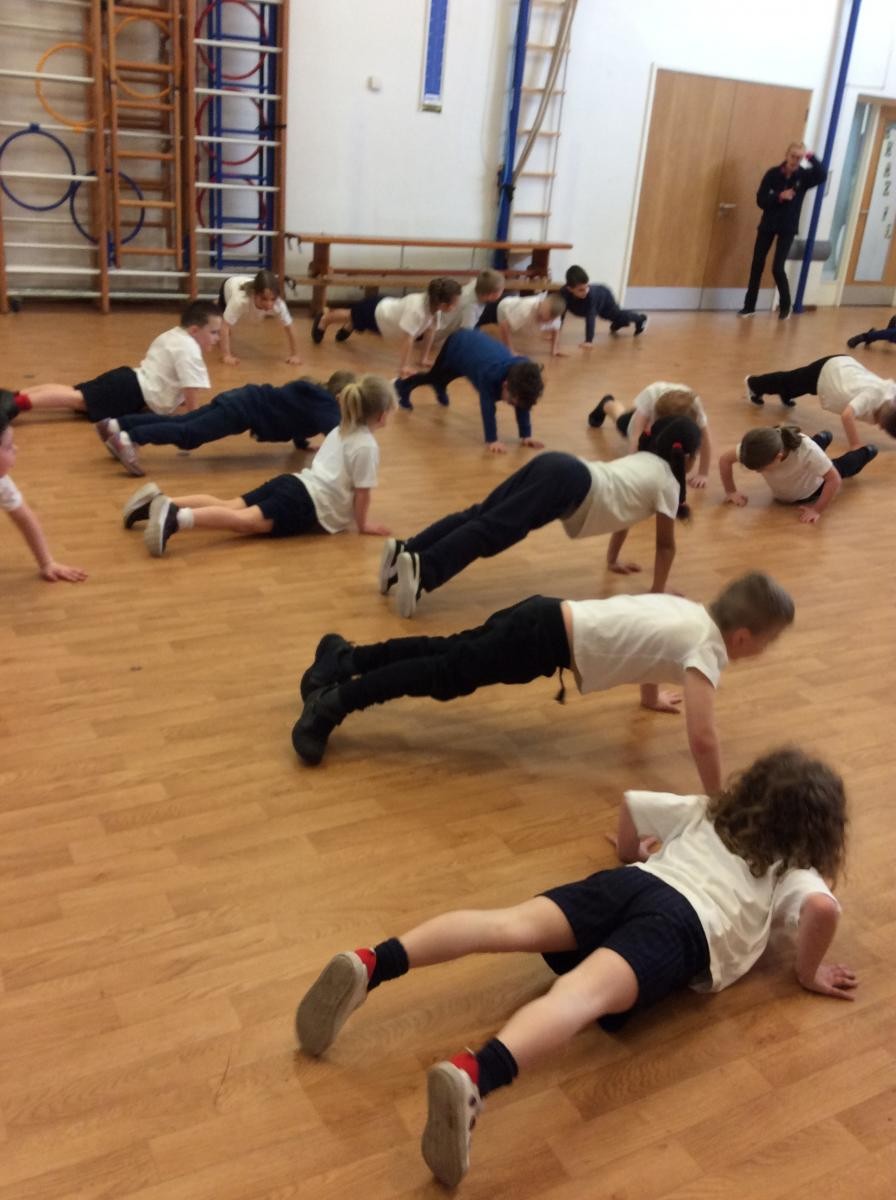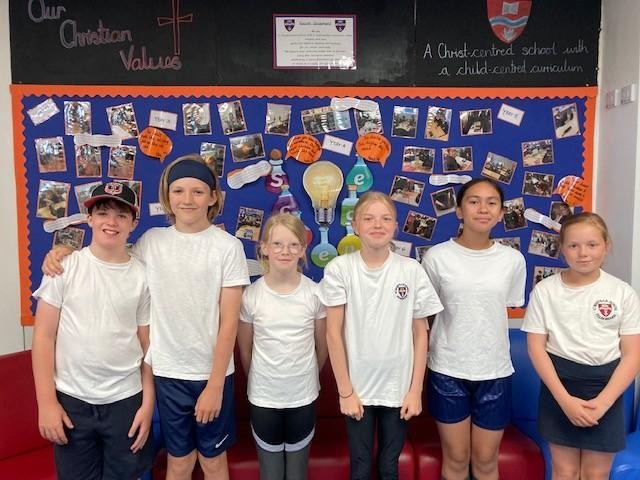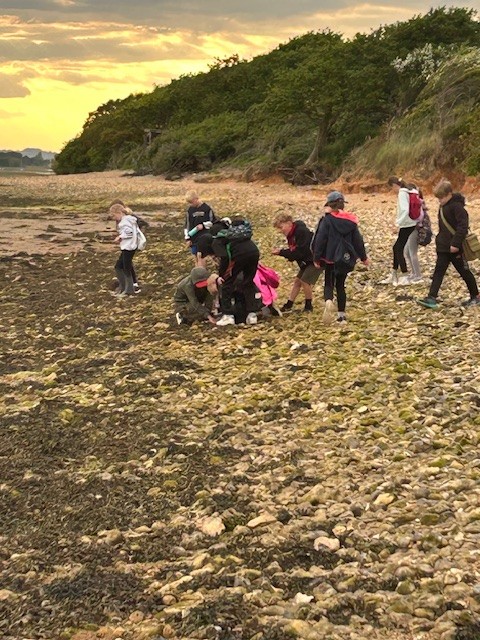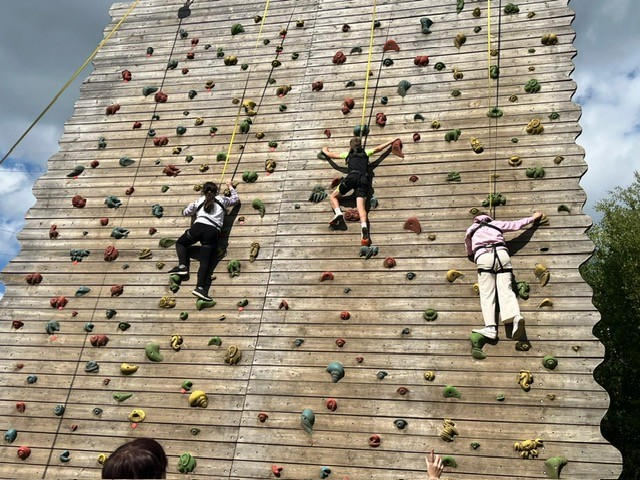PE
What will our sportspeople, athletes and swimmers be able to do when they leave us?
We are striving to develop the foundations for all of our sportspeople to have a positive lifelong passion for being active and leading a healthy life, as well as understanding the positive relationship between physical activity and mental health.
By the end of their time at St Mary's CofE (Aided) Primary School, our Year 6 sportspeople will have developed an increasing level of fundamental skills, development and fitness. We would also love them to build on their past experiences and incorporate new experiences, ensuring that every child is challenged to be on track to reach their full physical potential.
We want to ensure that our sportspeople develop a love of PE by accessing a varied and rich diet of different activities where fundamental skills are linked throughout. Declarative knowledge (‘know what’) and procedural knowledge (‘know how’) are embedded in our curriculum offer. The ‘know what’ and ‘know how’ are the foundational/fundamental skills such as locomotor skills (running, jumping, hopping etc), object control skills (throwing, catching etc) and stability skills (balancing, twisting turning etc). If you wanted to add this level of detail it would further improve what you have. We want them to succeed and excel in competitive and physically demanding activities, but ensure that good sportsmanship is maintained. From a young age, children will understand the importance of health and the benefits that eating healthy foods and exercise can have on their body.
By the time they leave us, the children will have used our own school swimming pool and should be able to swim at least 25 metres, as well as being able to use a range of effective strokes and perform safe self-rescue in different water-based situations.
Implementation
We implement the curriculum as seen below on the medium term plan.
Impact
We measure the impact of our curriculum through the following methods:
- Summative assessment of pupil discussions about their learning.
- Images of the children’s practical learning.
- Interviewing the pupils about their learning (pupil voice).
- Pupil’s books are scrutinised and there is the opportunity for a dialogue between teachers to understand their class’s work.
- Annual reporting of standards across the curriculum.



